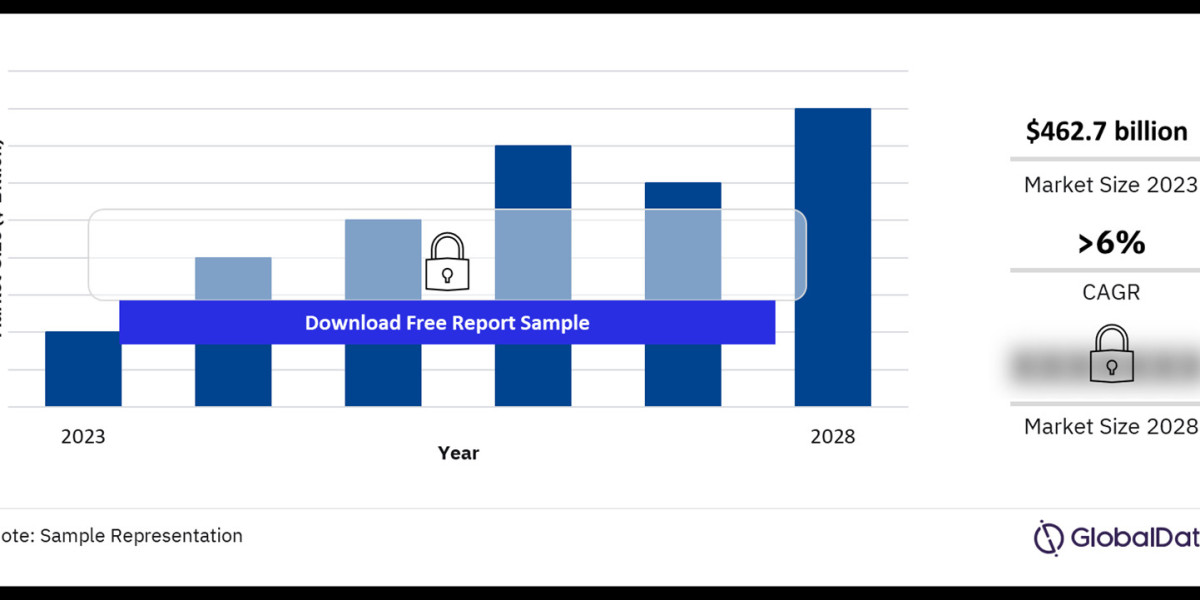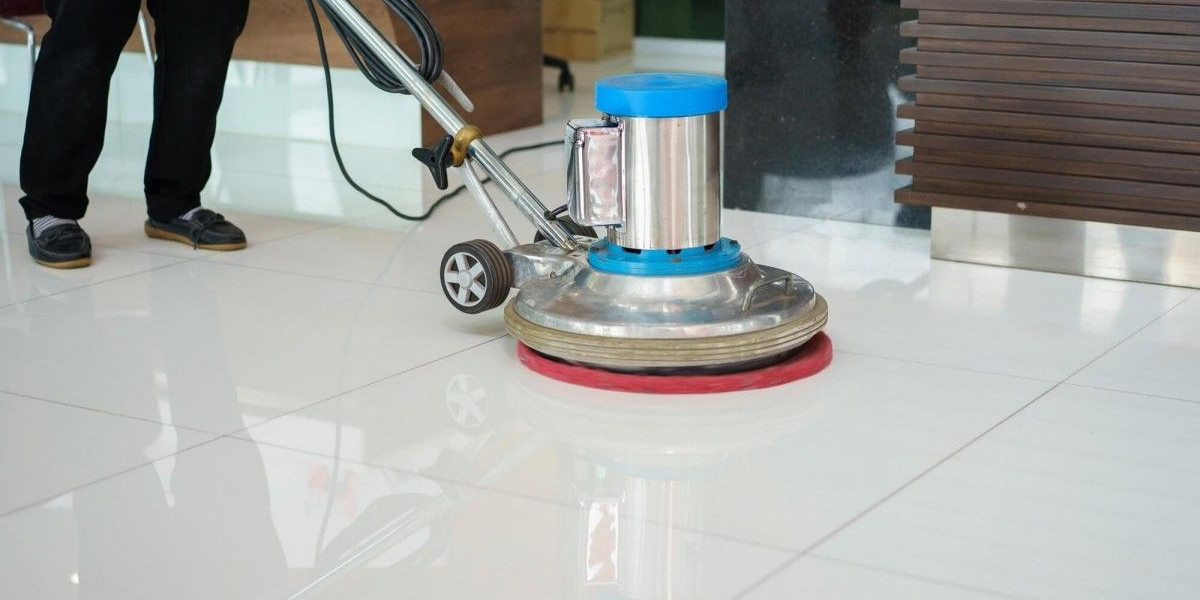The luxury retailing market has long been synonymous with exclusivity, high quality, and prestige. As consumer preferences evolve and technology reshapes the retail landscape, the luxury market continues to adapt, finding new avenues for growth and engagement. This article provides an in-depth analysis of the luxury retailing market, examining its current state, key drivers, trends, challenges, and future prospects.
Market Overview
The luxury retailing market includes a wide array of products such as high-end fashion, jewelry, watches, beauty products, automobiles, and more. Valued at approximately $300 billion in 2020, the market is projected to grow at a compound annual growth rate (CAGR) of 5.6%, reaching around $430 billion by 2027. This growth is driven by factors such as increasing wealth among the affluent, rising demand from emerging markets, and the integration of digital technologies.
Key Market Drivers
Several factors are driving the expansion of the luxury retailing market:
Rising Affluent Population: The growth in the number of high-net-worth individuals (HNWIs) and ultra-high-net-worth individuals (UHNWIs) globally is a significant driver of luxury retail sales.
Emerging Markets: Markets such as China, India, and Southeast Asia are witnessing rapid economic growth, leading to increased spending on luxury goods.
Digital Transformation: The adoption of digital technologies, including e-commerce and social media, is transforming how luxury brands engage with consumers and sell their products.
Experiential Luxury: Consumers are increasingly valuing unique experiences and personalized services, driving demand for experiential luxury offerings.
Brand Heritage and Authenticity: The emphasis on brand heritage, craftsmanship, and authenticity continues to be a key selling point for luxury products.
Market Segmentation
The luxury retailing market can be segmented based on product type, distribution channel, and region.
By Product Type
- Fashion and Apparel: High-end clothing, footwear, and accessories.
- Watches and Jewelry: Luxury timepieces and jewelry items.
- Beauty and Cosmetics: Premium skincare, makeup, and fragrance products.
- Automobiles: Luxury cars and high-end automotive brands.
- Home Goods and Furnishings: Luxury home decor, furniture, and appliances.
- Wines and Spirits: Premium alcoholic beverages and fine wines.
By Distribution Channel
- Physical Stores: Flagship stores, boutiques, and department stores offering a luxury shopping experience.
- Online Retail: E-commerce platforms and brand-specific websites providing the convenience of online shopping.
- Duty-Free: Luxury retailing at airports and travel hubs.
- Direct-to-Consumer: Brands engaging directly with consumers through pop-up stores, private sales, and exclusive events.
By Region
- North America: A significant market driven by high consumer spending and a large number of luxury brands.
- Europe: Known for its rich heritage of luxury fashion and craftsmanship.
- Asia-Pacific: Rapidly growing market with high demand from China, Japan, and India.
- Latin America: Emerging market with increasing wealth and demand for luxury goods.
- Middle East and Africa: Markets with a strong preference for high-end luxury products.
Current Trends in the Luxury Retailing Market
Sustainable Luxury
Sustainability is becoming a major trend in the luxury market. Consumers are increasingly seeking products that align with their values of environmental and social responsibility. Brands are responding by adopting sustainable practices, from sourcing eco-friendly materials to ensuring ethical labor practices. Transparency and sustainability are becoming key components of luxury brand narratives.
Digital Innovation and E-commerce
The integration of digital technologies is revolutionizing the luxury retailing market. Brands are investing in immersive online experiences, virtual try-ons, and AI-driven personalization to enhance customer engagement. E-commerce is no longer an option but a necessity, with many luxury brands launching or expanding their online stores to reach a global audience.
Personalization and Customization
Luxury consumers are looking for unique and personalized products. Brands are offering customization options, allowing customers to tailor products to their specific preferences. Personalized shopping experiences, from bespoke clothing to custom-made jewelry, are becoming a significant draw for luxury consumers.
Omnichannel Retailing
The seamless integration of online and offline channels is crucial in the luxury market. Brands are creating omnichannel strategies that provide a consistent and cohesive shopping experience across all touchpoints. This includes leveraging data to understand consumer behavior and preferences, ensuring that customers receive the same level of service whether shopping in-store or online.
Experiential Retail
Experiential retail is becoming a cornerstone of the luxury market. Brands are creating unique, immersive experiences that go beyond traditional retail. This includes hosting exclusive events, offering personalized services, and creating interactive store environments that engage and captivate consumers.
Challenges Facing the Luxury Retailing Market
Despite its growth potential, the luxury retailing market faces several challenges:
Economic Uncertainty
Economic fluctuations and geopolitical uncertainties can impact consumer spending on luxury goods. While affluent consumers are less affected by economic downturns, prolonged periods of uncertainty can lead to cautious spending.
Counterfeit Goods
The prevalence of counterfeit luxury goods poses a significant challenge. Counterfeits not only hurt brand reputation but also lead to revenue losses. Brands need to implement robust anti-counterfeiting measures and educate consumers about the risks of buying fake products.
Changing Consumer Preferences
The preferences of luxury consumers are evolving rapidly. Younger consumers, particularly Millennials and Gen Z, have different expectations and values compared to older generations. Brands need to stay agile and adapt to these changing preferences to remain relevant.
Sustainability Pressure
While sustainability is a growing trend, implementing sustainable practices can be challenging. Sourcing eco-friendly materials, ensuring ethical production, and reducing carbon footprints require significant investment and commitment.
Future Outlook of the Luxury Retailing Market
The future of the luxury retailing market looks promising, with several growth opportunities on the horizon. Key factors that are expected to shape the future of the industry include:
Expansion into New Markets
Luxury brands are increasingly looking to expand into emerging markets. Countries such as China, India, and those in Southeast Asia offer significant growth potential due to rising disposable incomes and increasing demand for luxury goods.
Focus on Digital and Omnichannel Strategies
Digital innovation will continue to be a major focus for luxury brands. The integration of digital and physical channels will enhance the overall shopping experience, making it more personalized and convenient. Brands will invest in advanced technologies such as augmented reality (AR), virtual reality (VR), and AI to engage consumers.
Emphasis on Ethical and Sustainable Practices
Sustainability will remain a key priority for luxury brands. Consumers will continue to demand transparency and ethical practices, pushing brands to adopt more sustainable business models. This includes reducing environmental impact, ensuring fair labor practices, and promoting social responsibility.
Growth of Experiential Luxury
Experiential luxury will gain more prominence. Brands will focus on creating memorable experiences that go beyond the product itself. This includes offering exclusive events, bespoke services, and immersive retail environments that engage all the senses.
Innovation in Product Development
Innovation in product development will be crucial. Luxury brands will explore new materials, technologies, and designs to create unique and compelling products. This includes leveraging advancements in biotechnology, 3D printing, and smart fabrics.
In conclusion, the luxury retailing market is poised for significant growth and transformation. By understanding and capitalizing on the key drivers, trends, and opportunities, brands can navigate the challenges and secure a competitive edge in this dynamic industry.
Buy Full Report for More Insights into the Global Luxury Retail Market Forecast



